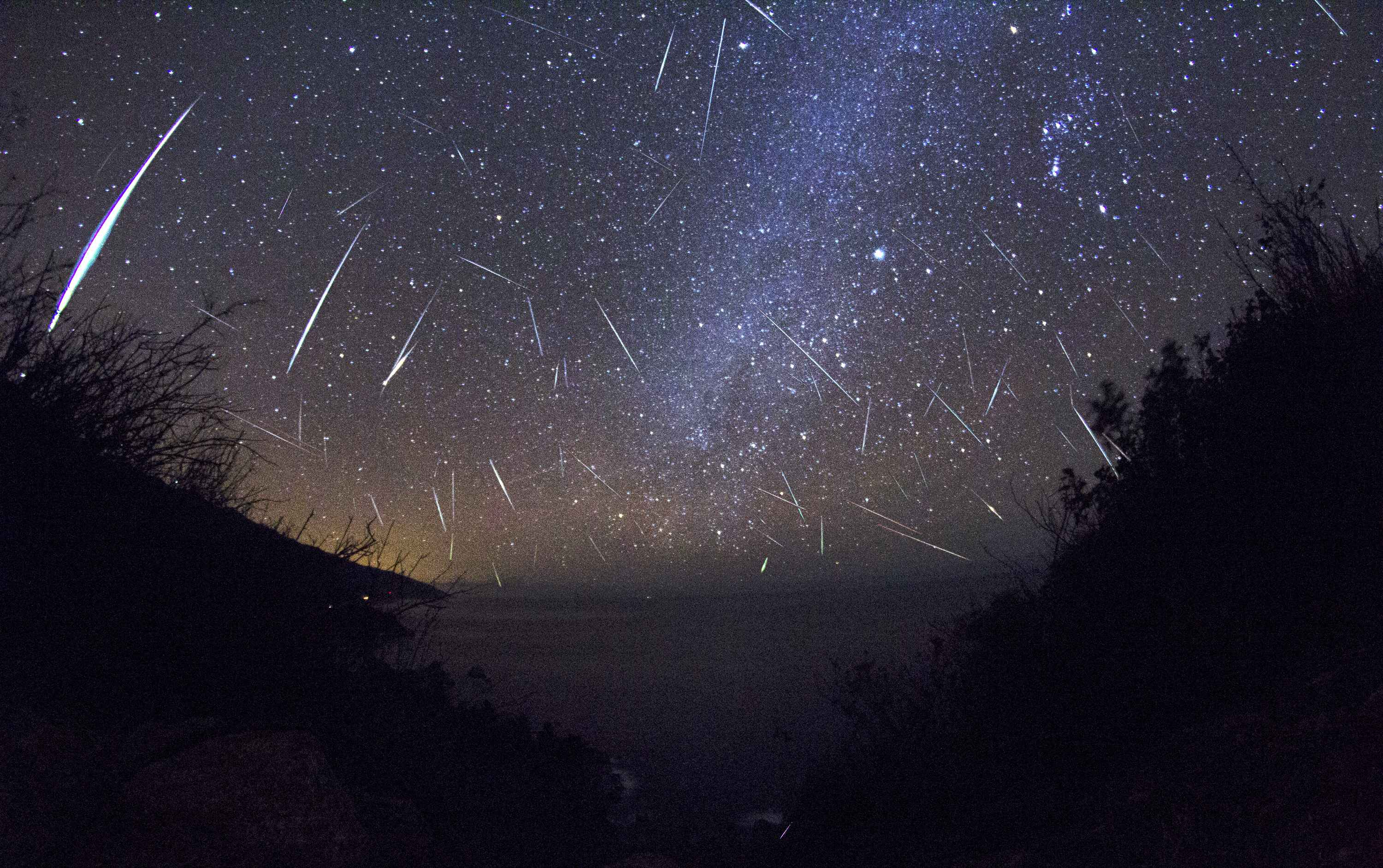Costa Rica News – The University of Costa Rica teamed up with the University of Western Ontario to install and monitor meteor radar for both educational institutions on an experimental farm in Santa Cruz, Guanacaste.
 The radar works with receptors that detect energy. Since Santa Cruz is almost at sea level and away from both the coast and the mountains it provides a wide open sky and a large atmospheric layer.
The radar works with receptors that detect energy. Since Santa Cruz is almost at sea level and away from both the coast and the mountains it provides a wide open sky and a large atmospheric layer.
They have already found that between 700 and 800 meteors transit the airspace per hour. Eric Sanchez, from the Planetarium at UCR, assures us that this is a reasonable number and we should not be alarmed as they disintegrate upon entering the atmosphere.
They are recording more than just the number of meteors, such as data on the path of plasma generated by them as they enter the planet.
The location is strategic because it is the first meteor radar near the equator.
